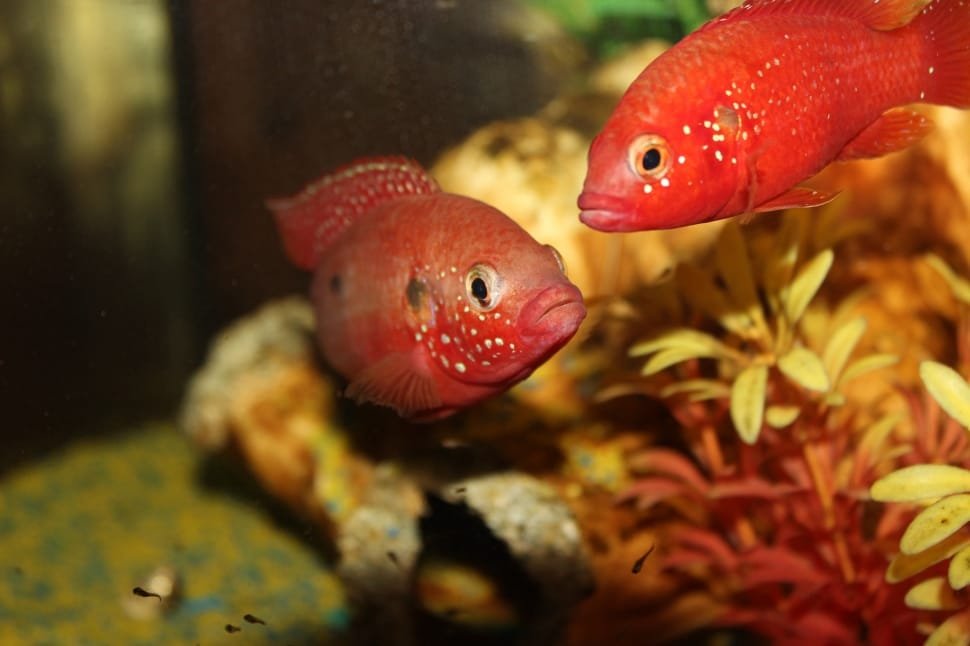Discover crucial tips and tricks for maintaining a saltwater aquarium. Learn how to keep your saltwater fish and corals healthy and vibrant with expert advice on tank maintenance.

Table of Contents
Introduction
Keeping up a saltwater aquarium may be a fulfilling and difficult task. Unlike freshwater tanks, saltwater aquariums require specific care to ensure the health and vibrancy of your fish and corals. This guide provides essential tips and tricks for setting up and maintaining your saltwater aquarium, helping you create a thriving underwater environment.
Setting Up the Aquarium
Choosing the Right Tank and Equipment
Selecting the appropriate tank and equipment is crucial for a successful saltwater aquarium. Start with a tank that fits your space and budget, typically ranging from 30 to 75 gallons for beginners. Larger tanks are more stable and forgiving of mistakes, providing a better environment for your marine life.
Invest in high-quality equipment, including a reliable filtration system, a protein skimmer, and powerful water pumps. These components are vital for maintaining water quality and ensuring proper circulation. Additionally, choose a lighting system that supports both the aesthetic appeal and the biological needs of your fish and corals, especially if you plan to keep photosynthetic species.
Preparing the Saltwater Mix
Creating the right saltwater mix is fundamental for your aquarium’s health. Use a high-quality marine salt mix, which contains essential minerals and elements for marine life. Start by filling your tank with RO/DI (reverse osmosis/deionized) water to avoid introducing impurities and contaminants.
Dissolve the salt mix in the water, following the manufacturer’s instructions, to achieve the desired salinity level, typically between 1.020 and 1.025 specific gravity. For an accurate measurement of salinity, use a hydrometer or refractometer. Allow the water to circulate and reach a stable temperature of around 75–80°F (24–27°C) before introducing any marine life. This process can take 24-48 hours, during which you should monitor and adjust the parameters as needed.
Maintaining Water Quality
Testing and Adjusting Parameters
Consistently monitoring and adjusting water parameters is crucial for the well-being of your saltwater aquarium. pH, ammonia, nitrite, nitrate, calcium, alkalinity, and magnesium are important parameters to test. Regular testing, ideally once a week, ensures that these parameters remain within safe ranges for your fish and corals.
Ammonia and nitrite levels should be zero, as these compounds are toxic to marine life. It is recommended to maintain nitrate levels below 20 ppm to prevent stress and health issues. Maintain pH between 8.1 and 8.4, and ensure calcium, alkalinity, and magnesium levels support coral growth. Use buffers, supplements, and water changes to adjust these parameters as necessary.
In addition to regular testing, invest in a good-quality water filtration system, including a protein skimmer, to remove organic waste and prevent the buildup of harmful substances. Proper filtration and circulation are vital for maintaining water quality and supporting the biological processes within your aquarium.

Caring for Saltwater Fish and Corals
Feeding and Nutrition
Providing appropriate nutrition is essential for the health and vitality of your saltwater fish and corals. Research the dietary needs of each species in your aquarium to offer a balanced and varied diet. Most saltwater fish thrive on a mix of high-quality commercial foods, such as pellets and flakes, supplemented with frozen or live foods like brine shrimp, mysis shrimp, and marine worms.
Corals, depending on their species, may also require supplemental feeding. Photosynthetic corals rely on lighting for energy, but some may benefit from additional feeding with coral-specific foods, such as phytoplankton and zooplankton. Feed your fish and corals small, frequent meals to prevent overfeeding and reduce waste accumulation in the tank.
Monitor your marine life for signs of stress or malnutrition, such as weight loss, color changes, or abnormal behaviour. Adjust feeding routines and dietary options as needed to ensure all inhabitants receive adequate nutrition.
Must Read: Top 10 Freshwater Fish Species for Your Home Aquarium
Cleaning and Maintenance
Regular Cleaning Tasks
Regular cleaning and maintenance are essential for keeping your saltwater aquarium in optimal condition. Perform 10–20% weekly water changes to remove waste, replenish necessary minerals, and maintain water quality. During water changes, use a gravel vacuum to clean the substrate and get rid of debris.
Clean the tank’s glass regularly to remove algae buildup, using an algae scraper or magnet cleaner. Inspect and clean the filtration system, protein skimmer, and other equipment monthly to ensure they operate efficiently. For effective filtration, change the filter material as needed.
Additionally, check for signs of disease or pests in your tank, such as unusual spots, discoloration, or abnormal behaviour in your fish and corals. To stop pests and illnesses from entering your primary tank, quarantine any new additions. Regular cleaning and maintenance will help you catch potential issues early and keep your saltwater aquarium thriving.
By following these essential tips, you’ll be well on your way to maintaining a beautiful and healthy saltwater aquarium. Your marine life will thrive and provide you with endless enjoyment if you give it regular care and attention to detail.











